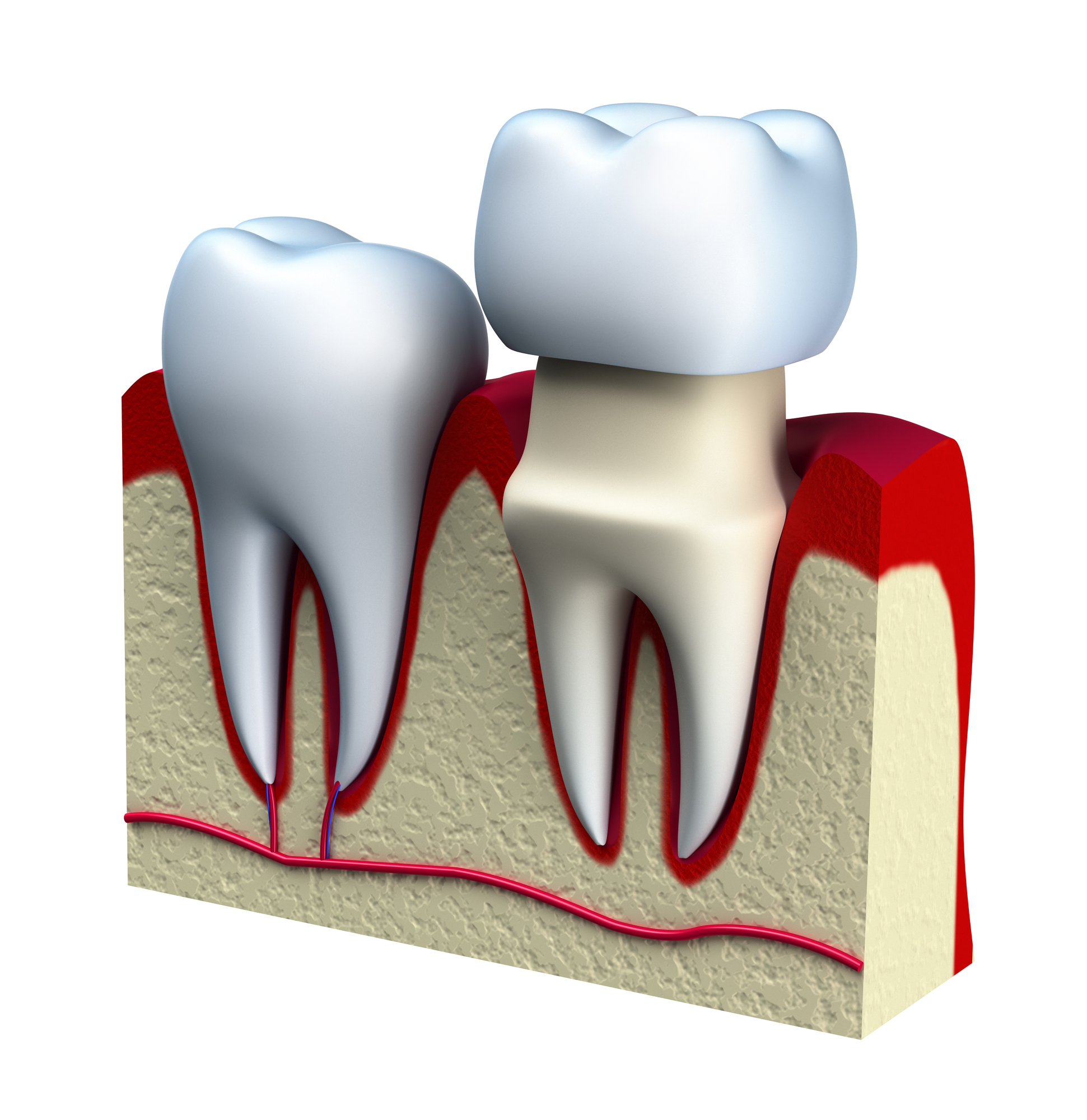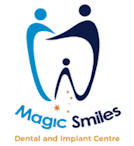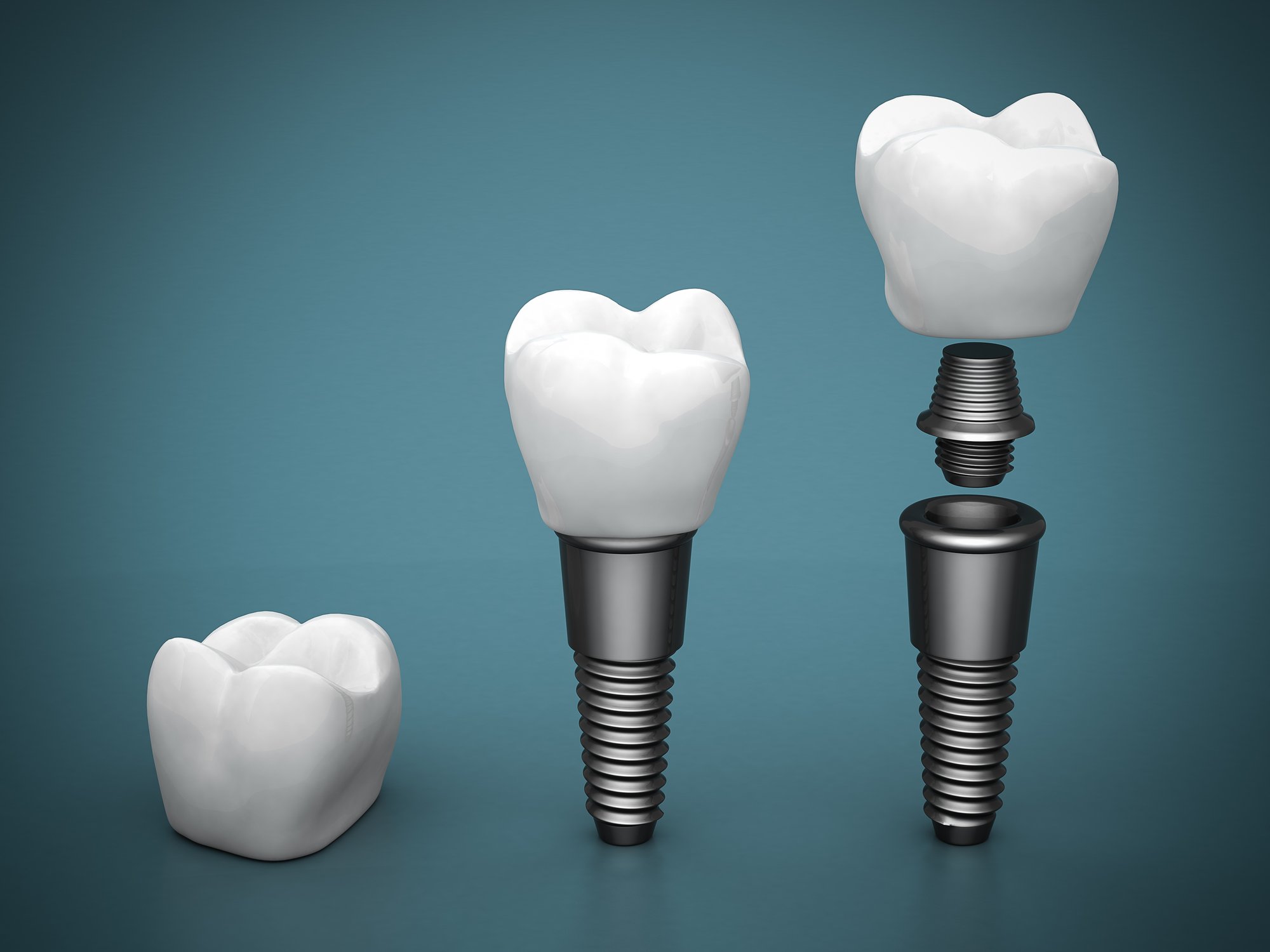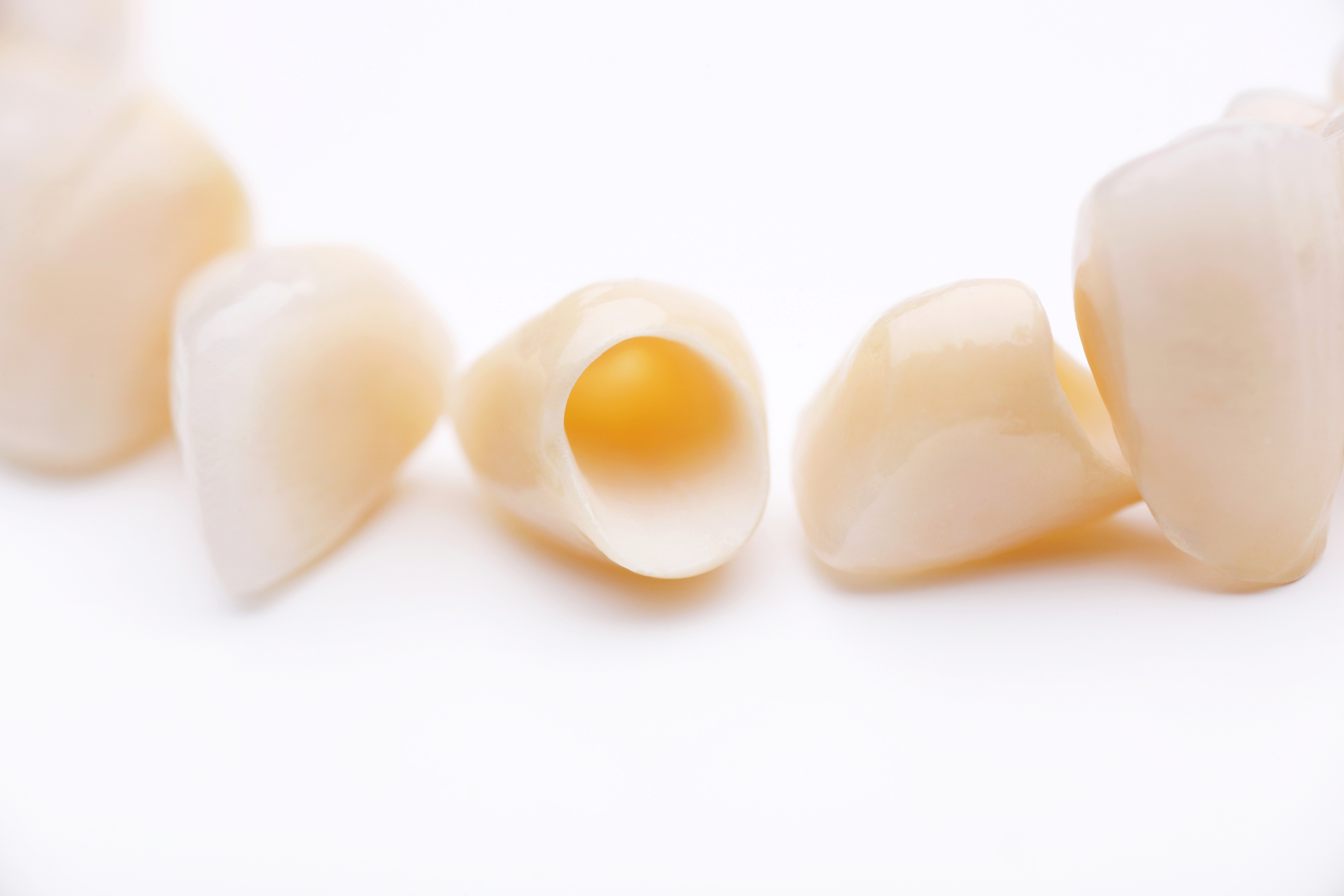
When it comes to restoring your smile, restorative dentistry at Magic Smiles Dental and Implant Centre offers a variety of solutions that cater to different needs, including dental crowns, fillings, and bridges.
Whether you’re dealing with a chipped tooth, a cavity, or a missing tooth, there’s a treatment designed to bring back your smile’s brilliance. Talk to our Woolgoolga, NSW, team at (02) 6654-0650 or consult with our Coffs Harbour, NSW, crew at (02) 6652-3242 to learn more about your options.
In today’s blog, our team explores three popular options to mend your smile: dental crowns, fillings, and bridges. By understanding the differences among these restorations, you’ll be better equipped to choose the one that’s just right for you.
Dental Crowns: The Royal Treatment for Your Teeth
If your tooth has suffered extensive damage – whether from decay, a fracture, or a large filling that’s weakened over time – a dental crown is often the best option.
Think of a dental crown as a protective cap that covers the entire tooth, restoring its shape, size, strength, and appearance. Made from durable materials like porcelain, ceramic, or metal, dental crowns are designed with durability and aesthetics in mind.
One of the biggest advantages of dental crowns is their versatility and longevity, with many patients enjoying their restorations for decades. So, if you’re looking for a long-lasting solution that offers comprehensive protection, dental crowns are a great choice.
Fillings: Small But Mighty
While dental crowns are ideal for more extensive damage, fillings are the go-to solution for smaller issues, like chips and cavities.
Fillings are a quick and straightforward solution, often completed in just one visit to the dentist. And with materials like composite resin and metal, you can feel confident that your fillings will last for years.
If decay or damage has created a small hole in your tooth, a filling can repair the problem and prevent it from getting worse. That’s right – these small but mighty restorations may be all you need to keep your tooth in top shape.
Bridges: Closing the Gap
Finally, let’s explore dental bridges, which are designed to replace a single tooth or even multiple missing teeth. A bridge consists of dental crowns supported by the teeth on either side of the gap, with a false tooth (or teeth) in between. This restoration not only fills the space left by a missing tooth but also helps maintain the alignment of your remaining teeth.
Bridges are a great option if you have healthy teeth on either side of the gap and want a fixed, non-removable solution. They’re durable, natural-looking, and can help restore both function and appearance to your smile.
Which One Is Right for You?
Choosing between dental crowns, fillings, and bridges depends on the specific needs of your teeth. If you’re dealing with extensive damage, dental crowns offer comprehensive protection. For smaller cavities, fillings are quick and effective. And if you’re missing a tooth or two, bridges can help restore your smile’s function and beauty.
Keep Smiling with Restorative Dentistry in Woolgoolga and Coffs Harbour, NSW
Whatever your dental needs, there’s a restorative dentistry solution that’s right for you at Magic Smiles Dental and Implant Centre. Send our dentists in Coffs Harbour or Woolgoolga, NSW, a message here to learn more about which option best suits your smile.







Recent Comments